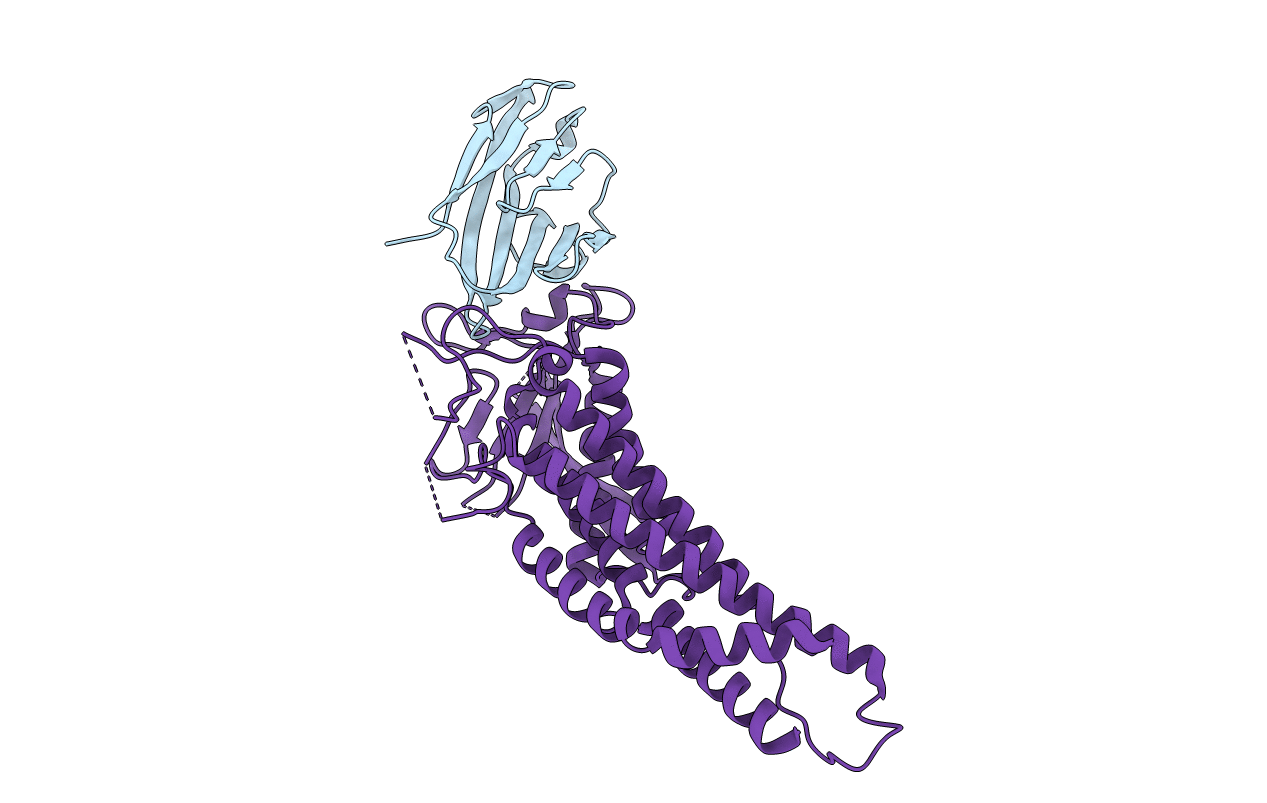
Deposition Date
2017-09-05
Release Date
2018-05-16
Last Version Date
2024-11-06
Entry Detail
Biological Source:
Source Organism:
Helicobacter pylori (Taxon ID: 210)
Homo sapiens (Taxon ID: 9606)
Homo sapiens (Taxon ID: 9606)
Host Organism:
Method Details:
Experimental Method:
Resolution:
2.66 Å
R-Value Free:
0.29
R-Value Work:
0.24
R-Value Observed:
0.24
Space Group:
P 2 2 21


